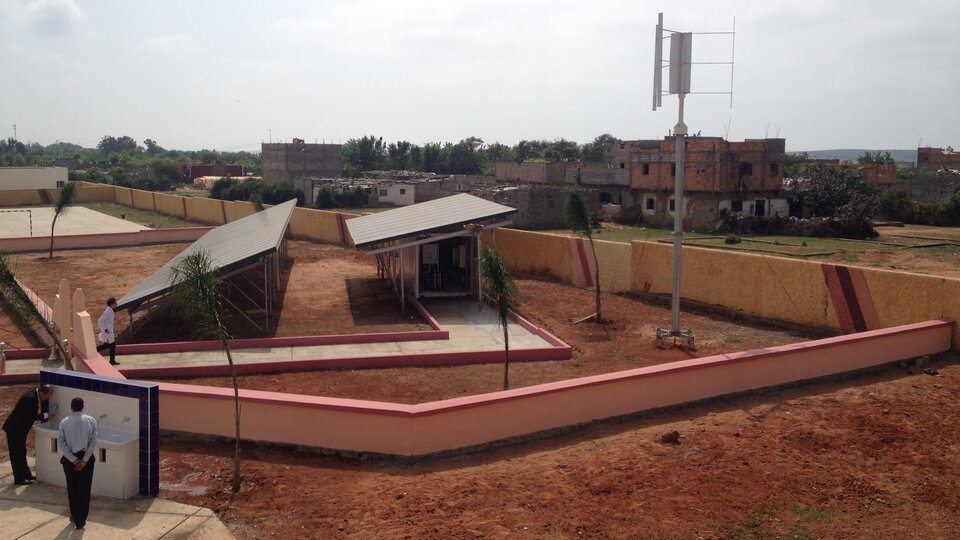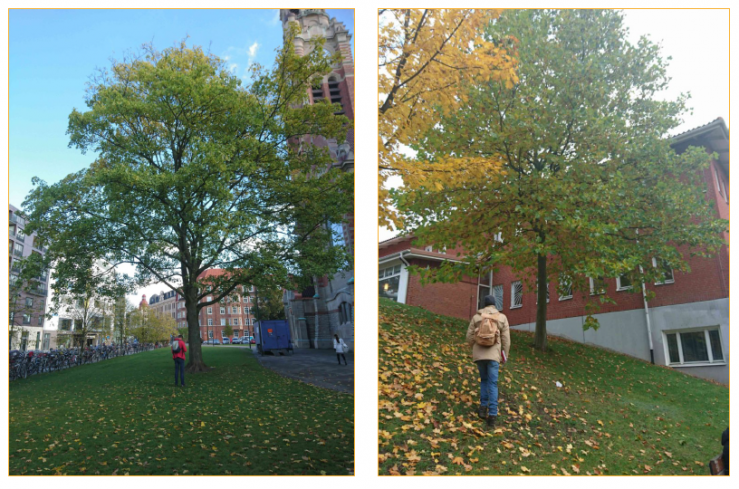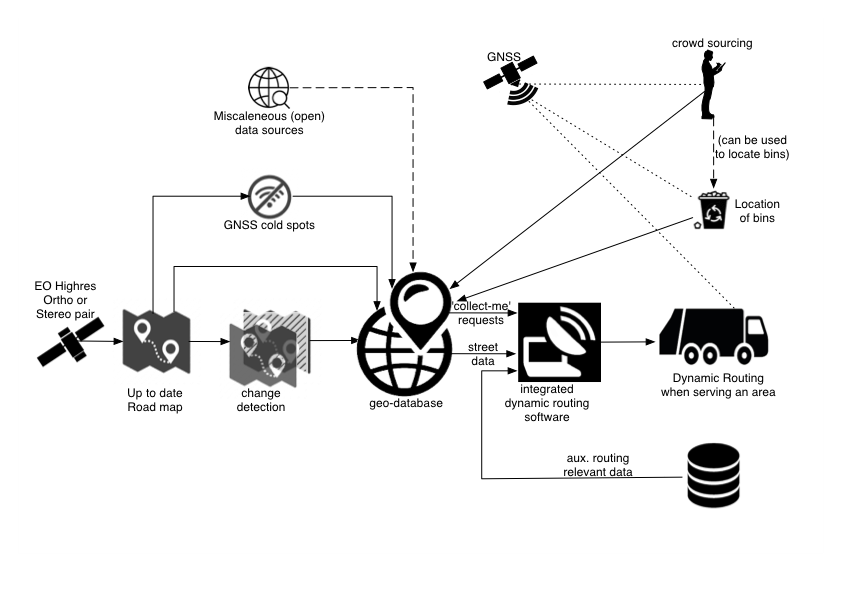World Habitat Day: ESA helps to shape a sustainable future for our cities
The world is facing unprecedented challenges from the pressures caused by swelling city populations. As many as six out of 10 people are expected to reside in urban areas by 2030, placing an increasing strain on the supply of proper housing, public infrastructure, health care and the environment.
World Habitat Day is observed on the first Monday of October each year to promote the sustainable development of our cities and to highlight the basic right to adequate shelter. Designated by the United Nations in 1985, the occasion also focuses on the importance of protecting the human habitat on Earth. These aims are addressed by the United Nations' Sustainable Development Goals (SDGs) and the New Urban Agenda, a global action plan signed by member states in 2016 to make cities safer, more inclusive and easier to manage.

The European Space Agency (ESA) supports sustainable city living throughout its programmes and SDG-related projects, which include initiatives designed to keep pace with rapid urbanisation (SDG11), to reduce consumption of natural resources (SDG12), to mitigate climate change (SDG13) and to preserve Earth’s forests (SDG15). ESA's satellite imagery and technical expertise provide considerable benefit to a network of users dedicated to sustainable development. To assist these users in their search for information, ESA has released its first comprehensive database listing activities undertaken by the Agency and its service providers to make the 17 Sustainable Development Goals a reality.
The theme for this year's World Habitat Day is municipal solid waste management, which is directly addressed by the SDGs, the Paris Agreement and the New Urban Agenda. Cities are struggling to cope with the burden and cost of increasing amounts of waste, which causes serious health problems in uncontrolled dump sites throughout the developing world and is a significant source of pollution as well as greenhouse gases such as methane and carbon dioxide.

ESA has been developing concepts to help make waste disposal more sustainable. Recently, it participated in a feasibility study for a new service that monitors the global waste market. ESA's Earth observation data will be used to monitor legal landfills and detect illegal waste sites, while GNSS technology will be deployed to track consignments of waste from collection to disposal. The Waste IAP project, which will use very high-resolution SAR data to assist law-enforcement and environmental agencies, has already completed a proof-of-concept stage and will be further developed through an ESA demonstration proposal.
The HelloBin project is another ESA waste-management initiative, which is being developed with a Dutch contractor, AeroVision. ESA's satellite data will help municipal waste collectors to manage their service areas more efficiently and sustainably by linking static and dynamic information for maps and routing as well as biomass estimation. GNSS technology can also utilise crowd sourcing to locate waste bins for a geodatabase that will be accessed for dynamic routing software, making workloads more predictable for waste collectors.
ESA is also involved in numerous activities that address the sustainable development of cities within a broader context. Its Micro-Ecological Life Support System Alternative (MELiSSA) project aims to convert organic waste and carbon dioxide to oxygen, water and food by using light as a source of energy to promote biological photosynthesis. Based on the principle of an 'aquatic' lake eco-system, MELiSSA could help equip astronauts to live self-sufficiently in space over long periods and also supports sustainability here on Earth.

The Curio project aims to improve the collection of urban forestry data through satellite imagery and satellite-directed crowdsourcing. Urban trees are vital natural resources that improve air quality and reduce the ‘heat island’ effect of cities. Recognising the need for the effective management and increased monitoring of urban trees, ESA's Curio project involves public participation by combining active learning algorithms with automated tree identification models in order to direct crowdsourcing users to areas where data is uncertain.
ESA sustainability projects and satellite imagery are helping to deal with the challenges posed by the growing movement of people toward cities. By providing viable alternatives and innovative solutions, ESA makes a significant contribution to protecting the human habitat and achieving the Sustainable Development Goals.





